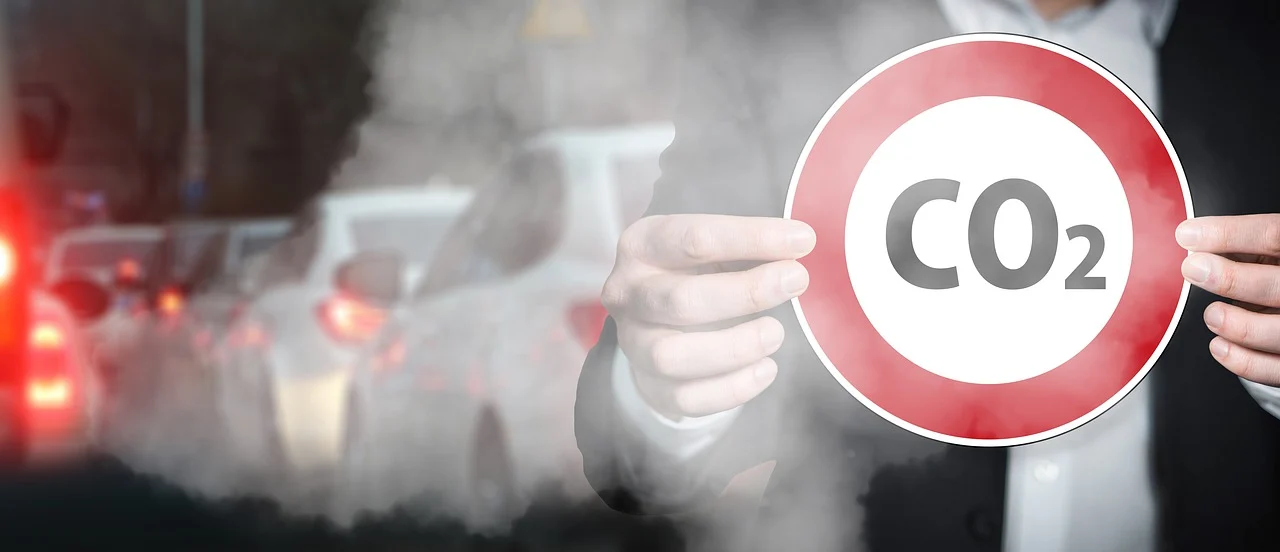In recent years, the urgent need to combat climate change and reduce greenhouse gas emissions (CO2) has spurred innovative solutions from researchers worldwide. One groundbreaking technology that has emerged in this pursuit is the conversion of carbon dioxide (CO2) into ethylene, a versatile and valuable chemical compound. This article delves into the fascinating world of this new technology, exploring its potential impacts on the environment and industries.
Table of Contents
The Science Behind the Transformation
Understanding CO2 and Ethylene
- CO2 is a greenhouse gas responsible for trapping heat in the Earth’s atmosphere, leading to global warming.
- Ethylene is a key building block in the production of plastics, textiles, and other industrial products.
The Conversion Process
- Researchers have developed catalysts that facilitate the conversion of CO2 into ethylene through a series of chemical reactions.
- This transformation not only reduces CO2 levels in the atmosphere but also produces a high-demand compound for various applications.
News on Glance
News 1:
A collaborative group of scientists has created a novel electrochemical catalyst that facilitates the transformation of carbon dioxide (CO2) into ethylene (C2H4).
By combining vitamin C with a carbon dioxide reduction catalyst of a heterogeneous system, the research team, led by Professors Dae-hyun Nam and Youn-gu Lee from the Department of Energy Science and Engineering at DGIST and Professor Seo-in Back from the Department of Chemical and Biomolecular Engineering at Sogang University, has developed a technology to significantly increase ethylene production.
It has been observed that the presence of carbon dioxide in the atmosphere can affect the levels of vitamin C in fruits.
The electrochemical reduction of carbon dioxide is increasingly recognized as a pivotal technology for promoting environmentally friendly energy practices. This process is aimed at reducing the concentration of carbon dioxide in the atmosphere while simultaneously generating cleaner sources of energy for the future. However, current electrochemical catalysts encounter difficulties in maintaining consistent catalytic performance, particularly under conditions of high current density.
News 2:
Using carbon dioxide (CO2) and water (H2O) as raw materials, a research team based on an academic–industry partnership between Doshisha University and Daikin Industries, Ltd., Japan, has been developing a novel and promising method to create C2H2.

Their most recent study, which was co-authored by Tomohiro Isogai from Daikin Industries Ltd.’s Technology and Innovation Center and Assistant Professor Yuta Suzuki from Harris Science Research Institute and Professor Takuya Goto from Doshisha University’s Department of Science of Environment and Mathematical Modeling, is published in ACS Sustainable Chemistry & Engineering.
Potential Environmental Benefits
Mitigating Climate Change
- By converting CO2 into ethylene, this technology offers a sustainable way to reduce carbon emissions and combat climate change.
- It provides a viable alternative to traditional ethylene production methods that rely on fossil fuels.
Resource Conservation
- The conversion process does not require additional fossil fuel inputs, thereby conserving valuable resources and reducing the carbon footprint of ethylene production.
Industrial Applications and Economic Implications
Versatility of Ethylene
- Ethylene is a crucial component in the manufacture of plastics, packaging materials, and synthetic fibers.
- The availability of ethylene from CO2 conversion could revolutionize various industries and create new economic opportunities.
Market Disruption
- The widespread adoption of this technology could disrupt traditional ethylene production methods and reshape the global chemical industry.
- Companies investing in sustainable practices stand to gain a competitive advantage in the market.
Conclusion
In conclusion, the conversion of CO2 into ethylene represents a promising advancement in the realm of sustainable technology. By harnessing the power of chemistry and innovation, researchers have unlocked a pathway to mitigate climate change, conserve resources, and drive economic growth. As we look towards a greener future, this transformative technology paves the way for a more sustainable and prosperous world.
“The conversion of CO2 into ethylene offers a glimmer of hope in the fight against climate change.” – Leading Environmental Scientist
Remember, the journey towards a more sustainable future begins with embracing innovative solutions and pushing the boundaries of what is possible. Let us all join hands in supporting and promoting technologies that have the potential to reshape our world for the better.
——–*****——–
Sources:
——–*****——–
Must read also:

